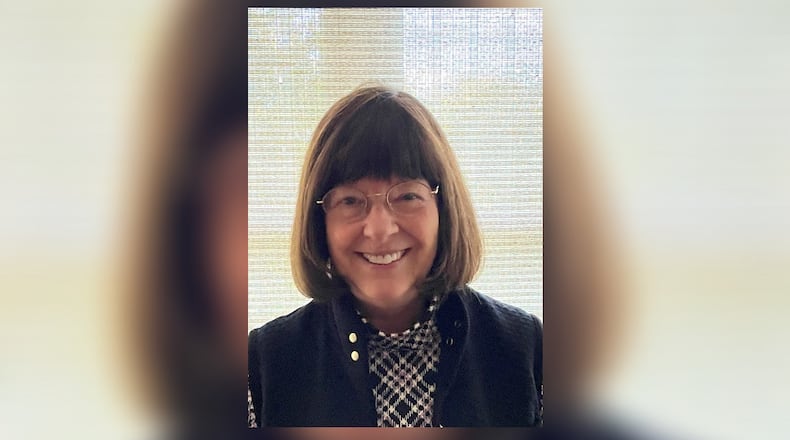When a rock was hurled through the window of a family home simply because it displayed a picture of a menorah (a candlelabra that is lit on the Jewish holiday of Hannukah), the residents of Billings, Montana, banded together. The local newspaper printed a picture of a Menorah, which 10,000 residents clipped from the paper and hung in their home windows to show solidarity with the impacted family.
These historic moments set forth a game plan for how not to be mere bystanders, but rather, to be upstanders and to do so in a way that:
- opens new and larger doors when other doors are closed;
- benefits the many, rather than just the few;
- creatively empowers individuals to act together locally; and,
- serves to unite people, rather than divide them.
Utilizing these concepts, a group of Montgomery County residents has come together as participants in the Greater Dayton Upstander Project.
We are diverse in race, gender, national origin, religion, sexual orientation and physical ability, and we strive to build a sense of community by focusing on four foundational pillars: education, dialogue, community service and social engagement.
Each pillar and the planned activities around it are designed to empower us to become Upstanders. As we learn, dialogue, work side by side and socialize together, we increasingly appreciate one another’s contributions to our society.
During our pilot year of this program, we’ve engaged with each other in the following ways:
In the Fall of, 2023, we held a respectful and heartfelt dialogue about the events unfolding in the Middle East and how it impacted us on a personal level;
In April, 2024, we attended an extraordinary performance by DCDC which commemorated the lives and legacies of its founder/African-American trailblazer, Jeraldyne Blunden, and the Dayton Ballet’s Jewish pioneering figures of Josephine and Hermene Schwartz. Afterwards, we gathered for dinner at Nanyea Restaurant to enjoy Ethiopian cuisine;
Over the summer, we conducted “A clothes-knit Community” drive with over 250 pounds of clothing contributed to St. Vincent de Paul clients. A celebratory ‘sorting party’ at Carillon Brewery, preceded delivery of the donations;
This past Fall, in collaboration with the Hall Hunger Initiative, we engaged in an exercise called The Racial Wealth Gap Simulation - the purpose of which was to convey the adverse impact and disparities that historic, governmental policies had, and continue to have, on differing racial populations;
In December, we attended a Naturalization ceremony presided over by Judge Walter H. Rice where we witnessed 46 individuals from 25 different countries swear the Oath of Allegiance to our country. In honor of this memorable occasion, we presented each of these newest American citizens with their own pocket-copy of the U.S. Constitution. At a reception following the ceremony, we were able to learn ‘Immigration Law 101’ from the day’s keynote speaker: Attorney and U.D. Law Professor, Ericka Curran.
In these ways, and with many more yet to explore, we strive to strengthen our ‘Upstander’ muscles.
If you would like further information on how to join us in creating a community of Upstanders as an antidote to injustice, please contact:
Jeff Blumer, Director, Dayton Jewish Community Relations Council
(937) 401-1558
Bonnie Beaman Rice is the Chair of the Greater Dayton Upstander Project.


